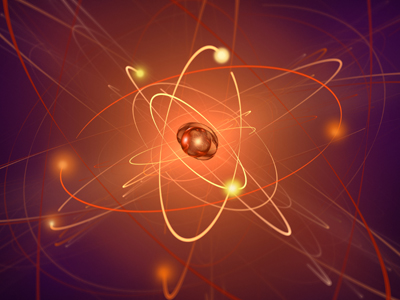
Atoms - Electronic Structure
This Chemistry quiz is called 'Atoms - Electronic Structure' and it has been written by teachers to help you if you are studying the subject at high school. Playing educational quizzes is a user-friendly way to learn if you are in the 9th or 10th grade - aged 14 to 16.
It costs only $12.50 per month to play this quiz and over 3,500 others that help you with your school work. You can subscribe on the page at Join Us
Related to atomic structure, this high school Chemistry quiz looks specifically at the electronic structure of atoms – that is, their arrangement of electrons. This topic includes the electronic configuration of certain elements and their ions, the energy levels or electron shells and the maximum number of electrons they can contain, and how the number of electrons in an atom’s outer shell is related to its place in the Periodic table.
Ready for more?
not all...
quizzers. Try to win a coveted spot on our Hall of Fame Page.







